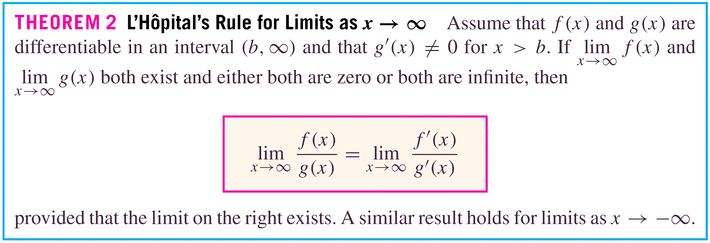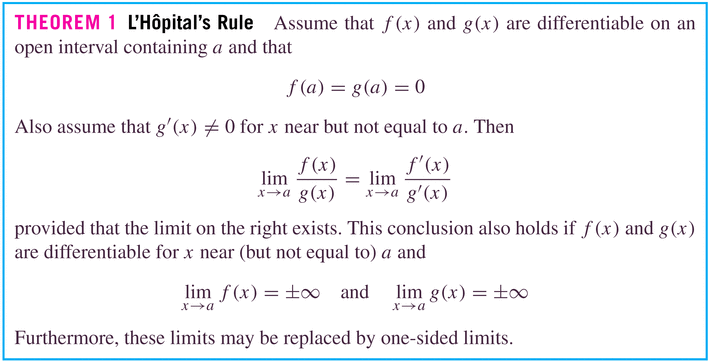- Your quiz opportunity tomorrow is over section 7.1.
- Your assignment over 6.4 is due today.
- Your assignment of the labs is due tomorrow
- In financial mathematics we tend to use an unusual base for an
exponential:
- Let's see where this model comes from: it's the compound interest model -- that is, interest on top of interest. If you receive simple interest at a rate
on an initial investment
, then at the end of the year you'd have
And if you did it for
years, you'd have
- Now, in compound interest, you take your interest rate, split it up several (say 12) ways, and then do the computation several (e.g. 12) times:
So that
And if you did it for
years, you'd have
Hence, more generally,
- You may have encountered a few laws such as The rule of 72 (70, 71,
69.3,...) to calculate doubling time: forget them! Just do the
math: the question is
For what value of t is ?
Solving t is
for t, we get
where n is the number of compoundings per year, and r is given as a decimal (e.g. 9% is represented by .09). This is the doubling time.
When compounding is continuous (i.e.
), this reduces to the very lovely rule
- Now, how do we know that
?
?
The answer, of course, is L'Hopital's Rule, which is useful in solving certain indeterminate limits:

Let's rewrite it a little: we want to show that
- Here's the general situation:

- And if the limit of the quotient of the derivatives is
indeterminate, then iterate -- that is, do it again! Then work with the
ratio of the second (or higher) derivatives.
- Motivation of L'Hopital's Rule (requires the limit definition
of the derivative -- p. 471)
- Examples:
- Demonstration that
where
)
- Let's do a bunch of odds, #7-33, p. 477
- #7, p. 477 (don't forget your roots!;)
- 11
- 17
- 29
- 25 (sometimes you have to do this more than once!)
- #70, p. 478
- #86, p. 478
- #93, p. 479
- Demonstration that